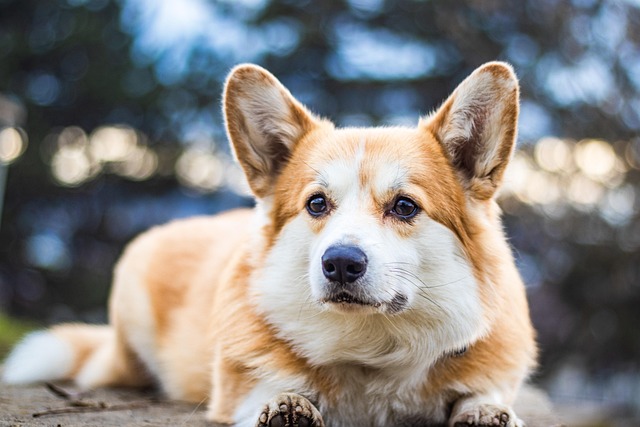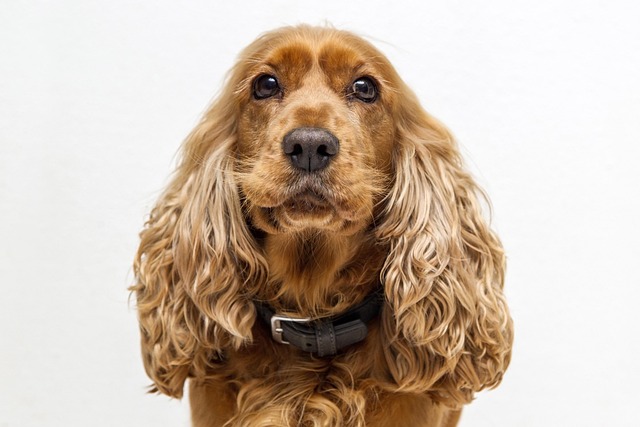Dogs are naturally curious creatures, driven by instincts that compel them to explore the world with their mouths. Whether it’s a dropped snack, a tempting shoe, or an intriguing piece of trash on a walk, their impulse to grab and hold objects is deeply rooted in their biology. Understanding this instinct is the first step in effectively teaching a dog to leave things alone. Rather than viewing this behavior as disobedience, recognizing it as a natural response helps frame training in a way that works with, not against, your dog’s instincts.
Many pet owners struggle with the traditional "leave it" command because they approach it as a battle of wills. Yelling, jerking the leash, or forcefully prying items from a dog’s mouth often backfires, creating frustration for both the dog and the owner. Dogs don’t inherently understand why they should ignore something enticing—especially when their instincts tell them otherwise. The key lies in shifting perspective: instead of demanding compliance, we should guide them toward making better choices by rewarding the behavior we want to see.
An empathetic training approach starts with observation. What triggers your dog’s impulse to grab objects? Is it boredom, excitement, or a strong prey drive? By identifying these triggers, you can tailor your training to address the root cause. For example, a high-energy dog might need more mental stimulation before training sessions, while a scent-driven breed may require extra patience when working around food or interesting smells. The goal isn’t to suppress their instincts but to redirect them in a positive way.
Begin training in a low-distraction environment, like a quiet room at home. Hold a treat in your closed fist and let your dog sniff or paw at it. The moment they stop trying to get the treat—even if it’s just a brief pause—reward them with a different treat from your other hand. This teaches them that leaving the desired item alone leads to something even better. Gradually increase difficulty by placing treats on the floor or introducing more tempting objects, always reinforcing success with praise and rewards.
Trust and communication are the foundation of any successful training. Dogs thrive on consistency and clear signals, so avoid mixed messages like laughing when they steal a sock one day but scolding them the next. Patience is crucial; some dogs grasp "leave it" quickly, while others—particularly those with strong instincts—may need weeks of practice. Celebrate small victories, and remember that setbacks are normal. Building this skill isn’t just about obedience—it’s about fostering a relationship where your dog looks to you for guidance.
Common challenges, like a dog who fixates on squirrels or refuses to drop items outside, often stem from unmet instincts. For high-distraction scenarios, increase distance from the trigger and use higher-value rewards. If your dog has a strong prey drive, incorporate structured games like fetch to satisfy their chasing urge in a controlled way. Every dog is unique, so adapt techniques to fit their personality. With time and empathy, even the most persistent grabbers can learn to leave things alone—not out of fear, but because they trust you’ve got something better to offer.





